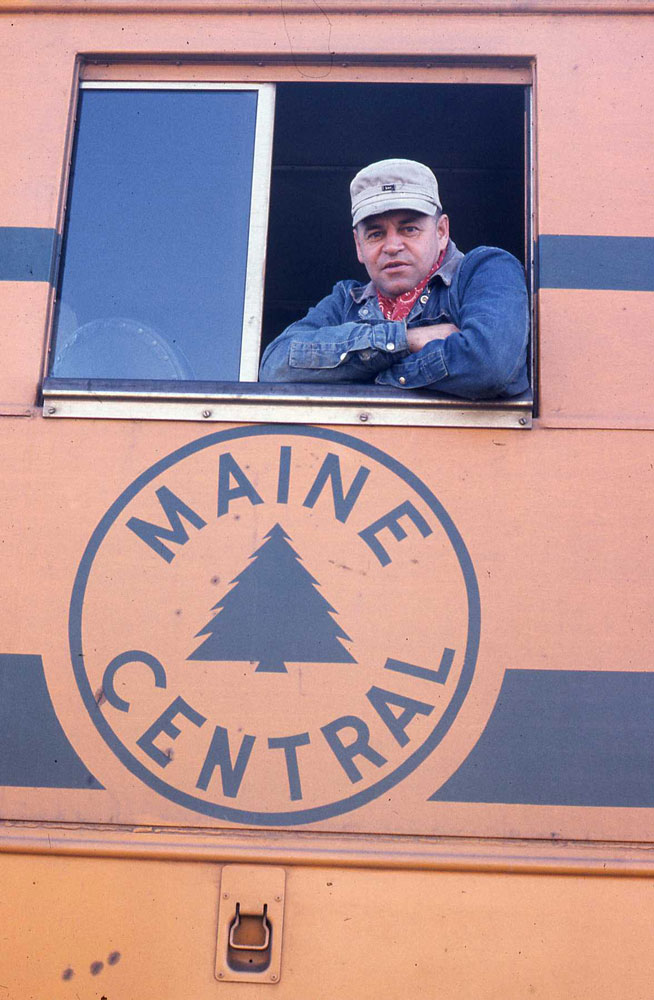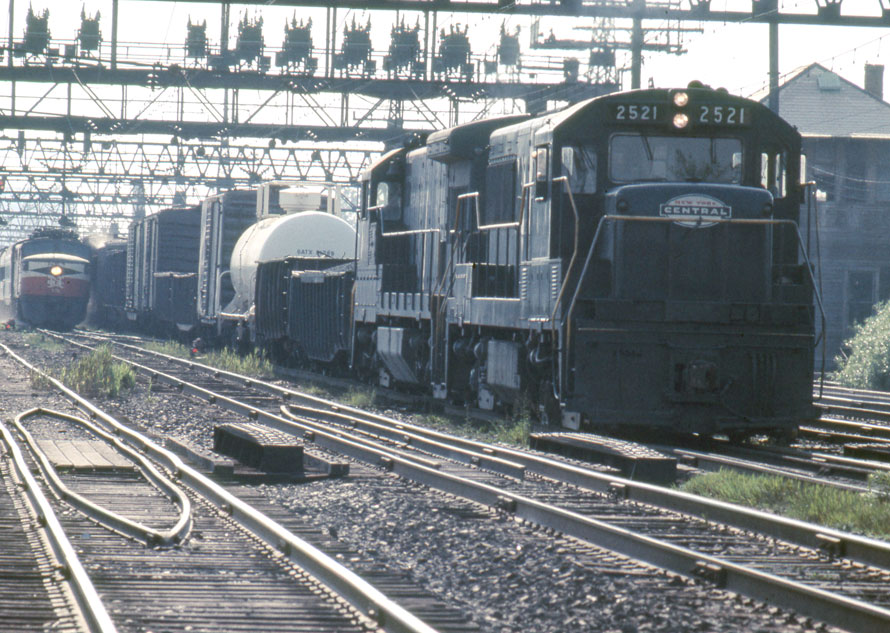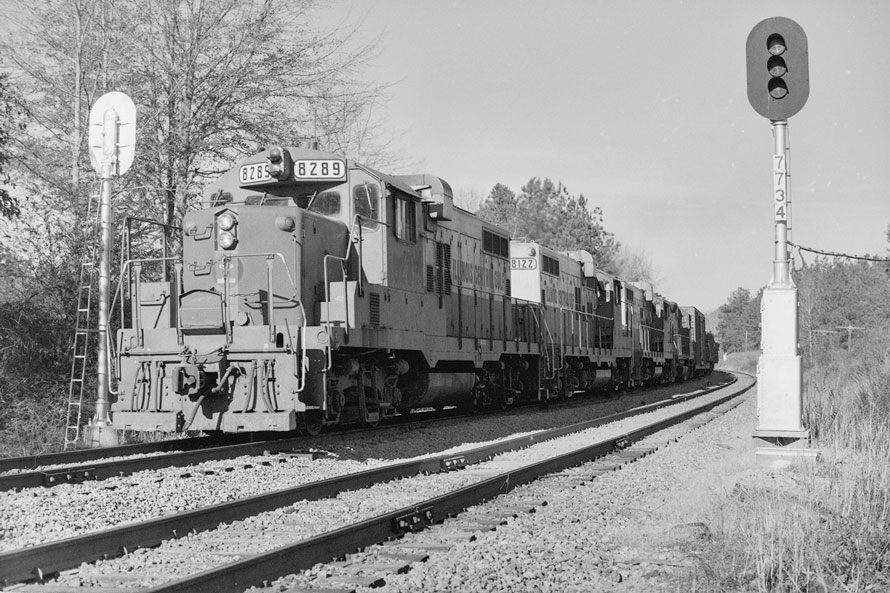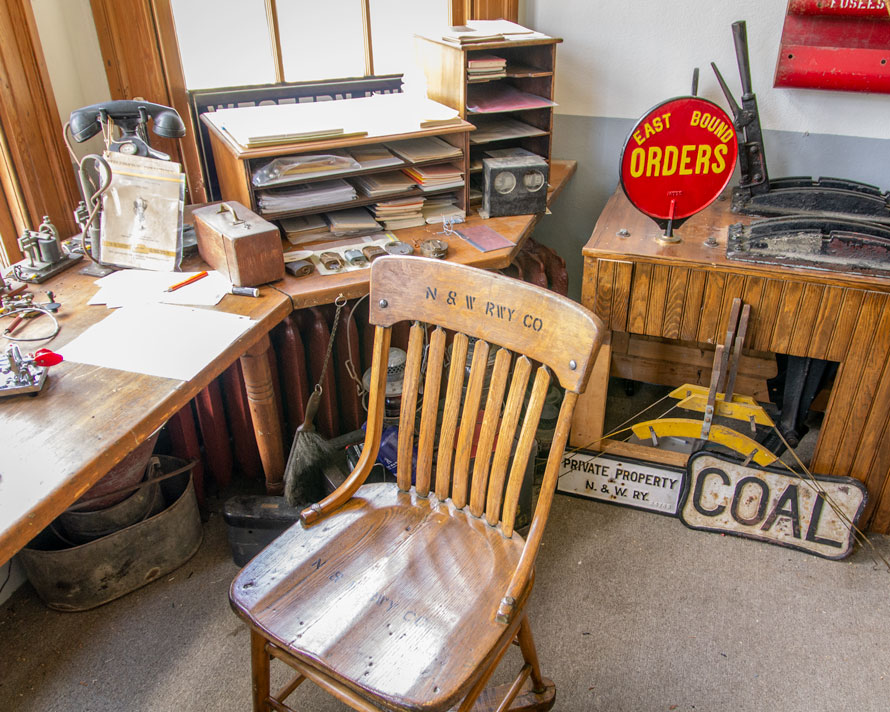Looking Back

I thought it would be interesting to look back and see which articles from the past seven years have the most views. Of course, there are any number of factors that affect how many views any individual article receives, not the least of which is how long the story has been online, so it is no surprise that all of these articles are from 2016, 2017 and 2018.
This selection reflects the diverse perspectives on railroading that have been the hallmark of The Trackside Photographer from the beginning.
Here then, are the Top Ten:
#1 Michael Froio – “They All Fall Down”
The classic Pennsylvania Railroad Position Light signals are falling fast. This article explores the history of these signals and documents their place in the PRR landscape with two dozen evocative B&W photographs.
#2 Michael Brotzman – “Ghosts of Winslow Junction”
One hundred years ago, Winslow Junction was at the center of the busy rail line carrying vacation passengers to the New Jersey shore. This article quite literally gets into the weeds of what’s left of this now abandoned railroad.
#3 John Marvig – “The Kate Shelley Story”
“The horrible crash and fierce hissing of steam.” On a stormy night in 1881, the heroic efforts of an Iowa teenager saved the lives of the passengers on Chicago and North Western Railway’s Midnight Express. This is the story of that night and its aftermath.
#4 Bob Hughes – “A Maine Central Education”
Bob remembers the friendly and generous men that made the Maine Central’s Waterville Yard a fun and welcoming place in the 1960s. He was in Waterville to attend college, but what he learned about the Maine Central sparked his lifelong love of railroads.
#5 Doug Bess – “Railroad Town: Nitro, West Virginia”
One hundred years ago, during the First World War, railroads and gunpowder came together to create explosive growth in a small West Virginia town. Doug tells the story of his hometown from the coming of the railroad in the late 19th century to the present.
#6 Fred Wolfe – “The New River Gorge”
Hike along the New River Gorge in West Virginia with photographer Fred Wolfe. The scenery is spectacular, and better yet, a railroad runs through it.
#7 Matthew Malkiewicz – “Inside The East Broad Top”
In the hills of south central Pennsylvania, The East Broad Top Railroad slumbered, waiting to be brought back to life. The roundhouse is there, the turntable is there, the locomotives are there, but until the railroad was brought back to life in 2020, the silence is all encompassing.
#8 – Gordon Glattenberg – “Construction of Southern Pacific’s Colton-Palmdale Cutoff.”
In 1966, Southern Pacific planned a new mainline across California’s San Gabriel mountains to bypass the growing congestion around Los Angeles. Gordon was on hand to witness and record the construction.
#9 – Doug Bess – “A Brief History of the Southern Railway’s Atlanta Office Building“
Doug worked for the Southern Railway in Atlanta, Georgia, and writes about the history of the buildings the railroad occupied there.
#10 – Bob Hughes, Al Cook, Denis Hurst – “The Pine Tree Route“
Words, music and photographs come together in a moving tribute to the Maine Central and the railroaders who made the Pine Tree Route what it was.
Edd Fuller, Editor


